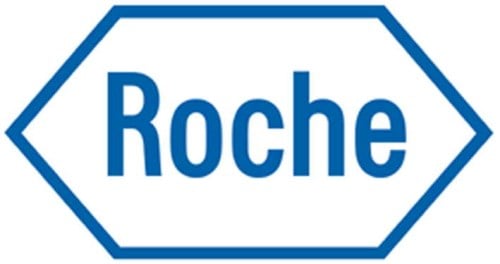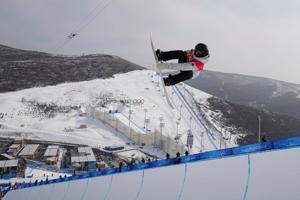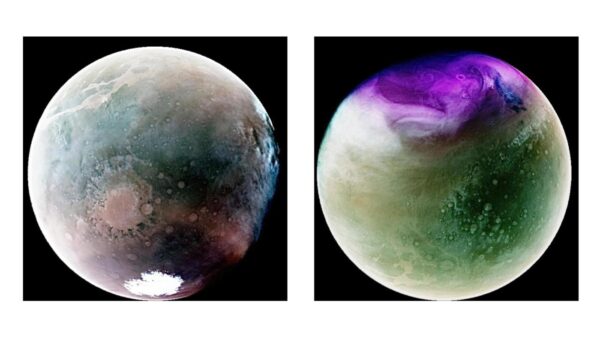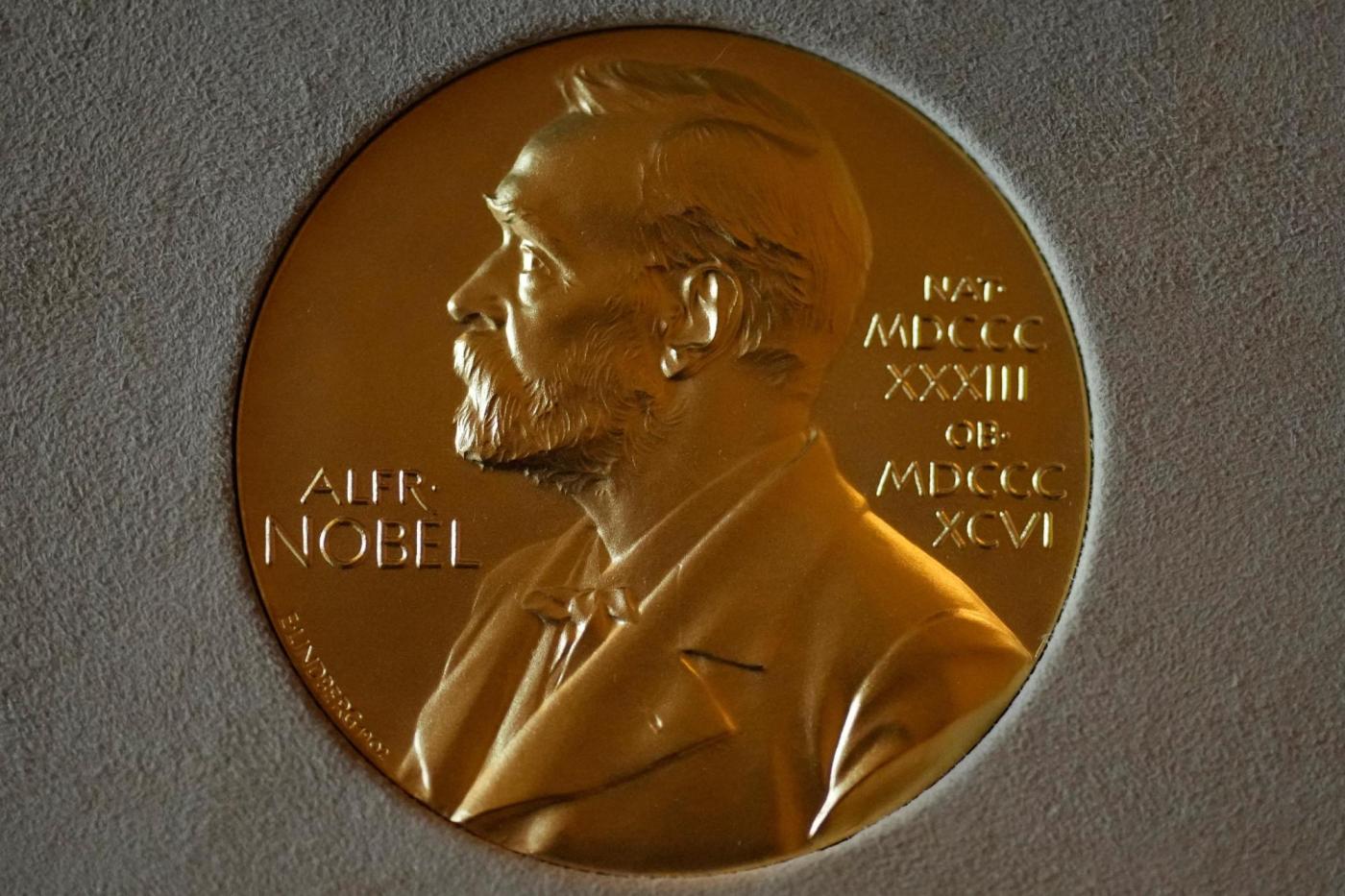The 2025 Ig Nobel Prizes were awarded in Boston this fall, celebrating unconventional scientific research that elicits both laughter and thought. Established in 1996, these awards highlight intriguing studies that might not receive traditional recognition but offer valuable insights into everyday life. This year’s recipients include researchers from various disciplines, each bringing a unique perspective to their work.
Highlighting Unusual Research
The 2025 Ig Nobel Prize in Literature was awarded posthumously to William Bean, a former professor at the University of Texas Medical Branch in Galveston. His long-term study on fingernail growth spanned 35 years and resulted in multiple publications. His final paper, published in the *Archives of Internal Medicine*, revealed that his fingernail growth slowed with age, measuring just 0.095 mm per day at age 67, down from 0.123 mm at age 32. The research highlights an aspect of human biology that often goes unnoticed.
In the realm of pediatrics, Julie Mennella and Gary Beauchamp from the Monell Chemical Senses Center in Philadelphia received the Ig Nobel Prize for their research on the influence of garlic in a mother’s diet on infants’ enjoyment of breast milk. Their study, published in a pediatrics journal, concluded that infants suckled longer when the milk had a garlic scent. This fascinating insight into sensory preferences opens new avenues for understanding infant nutrition.
Innovative Studies and Their Implications
The 2025 Ig Nobel Prize in Physics recognized a team from Italy for their research titled “Phase Behavior of Cacio and Pepe Sauce.” This study, published in the journal *Physics of Fluids*, investigated how starch concentrations affect the consistency of the sauce. The researchers identified a phenomenon they termed the “Mozzarella Phase,” which occurs when starch levels fall below 1%. Their findings not only provide a scientific basis for perfecting this classic dish but also highlight the intersection of culinary arts and physics.
The engineering field saw recognition for Vikash Kumar and Sarthak Mittal from Shiv Nadar University in Delhi. They won the Ig Nobel Prize in Engineering Design for their study on the impact of foul-smelling shoes on the usability of shoe racks. Their work, published in “Ergonomics for Improved Productivity,” illustrates how unpleasant odors can detract from the enjoyment of well-designed products, although details about their methodology remain behind a paywall.
Lastly, the 2025 Ig Nobel Prize in Psychology was awarded to Marcin Zajenkowski from the University of Warsaw and Gilles Gignac from the University of Western Australia. Their study examined the relationship between intelligence feedback and narcissistic tendencies. Published in the journal *Intelligence*, they found that informing individuals of their high IQ could increase feelings of narcissism, while negative feedback might decrease it. This research sheds light on the complexities of self-perception and intelligence.
These awards offer a refreshing perspective on scientific inquiry, demonstrating that not all valuable research needs to be serious or conventional. The Ig Nobel Prizes remind us that humor and creativity are integral to the scientific process and that even the quirkiest studies can contribute to our understanding of the world.
Fintan Steele, the author and a former Benedictine monk with a Ph.D. in biology, reflects on the lighter side of science through these awards. Steele, who has spent much of his career in science communication, encourages a broader appreciation for such unique studies. He resides in Boulder County with his husband and can be contacted at [email protected] for further discussions on this topic.






































































